Moscow, a city celebrated for its unique blend of architectural styles and profound historical narratives, holds a fascinating secret behind its modernization: the Nemetskaya Sloboda, or German Quarter. This historical settlement, nestled on the banks of the Yauza River, was much more than a residential area for foreigners. It served as a vibrant gateway to Western culture, technology, and ideas. Its influence fundamentally shaped Russia’s trajectory, particularly during the reign of Peter the Great. Therefore, exploring the Moscow German Quarter is essential for understanding the roots of European influence in Russian history. This enclave was a crucible of modernization.
The Genesis of Nemetskaya Sloboda
The origins of the Nemetskaya Sloboda trace back to the 16th century. It was specifically designated as a district for foreign residents. The term “Nemetskaya” derives from the Russian word nemtsy, which originally meant “mute” or “people who cannot speak our language.” While many residents were indeed German speakers, the quarter was home to a diverse group of foreigners. This included people from the Netherlands, England, Switzerland, and other European countries. They were merchants, military specialists, craftsmen, and diplomats.
The authorities established the quarter to isolate these foreigners from the predominantly Orthodox Muscovite population. This was an attempt to protect Russian traditions from perceived foreign influences. However, ironically, this isolation allowed the quarter to flourish as a unique hub of Western life. This settlement became a distinct cultural entity within the city. It operated under its own rules.
A Hub of Western Knowledge and Influence
Life in the Moscow German Quarter was markedly different from life in traditional Moscow. Residents built houses in European styles. They established Lutheran and Calvinist churches, which contrasted sharply with the surrounding Orthodox churches. Furthermore, foreigners maintained Western social customs and lifestyles. They also introduced new technologies.
The Sloboda became a crucial center for the exchange of knowledge. It housed skilled engineers, doctors, and military experts. These professionals brought advanced techniques in shipbuilding, metallurgy, and military strategy. They also introduced Western concepts of education and governance. Many Muscovite noble families began employing tutors from the German Quarter. They desired to expose their children to European knowledge and languages. Thus, the quarter served as an informal conduit for modernization. It played a significant role in fostering European influence Moscow absorbed.
Peter the Great’s Training Ground
The German Quarter’s impact on Russian history reached its zenith during the early life of Peter the Great. The young Tsar spent considerable time in the Nemetskaya Sloboda. He found himself captivated by the Western technologies and lifestyle he observed there. The quarter became Peter’s “training ground.” He learned about shipbuilding, artillery, and military tactics directly from the foreign specialists residing there.
Peter formed close friendships with several residents of the quarter. Franz Lefort, a Swiss-born military officer, became one of Peter’s closest advisors and confidants. Similarly, Patrick Gordon, a Scottish general, mentored Peter in military strategy. These relationships were pivotal. They solidified Peter’s commitment to modernizing Russia along Western lines. Consequently, the German settlement Moscow hosted was instrumental in shaping the Tsar’s vision for a reformed Russia. It provided the practical expertise needed for his grand reforms.
Architecture and Lifestyle in the Sloboda
The architectural style of the Moscow German Quarter distinguished it visually from the rest of the city. While Muscovites traditionally favored wooden structures and Orthodox-inspired designs, the German Quarter featured stone houses with symmetrical facades and orderly streets. This architectural divergence reflected different approaches to urban planning and aesthetics.
The lifestyle of the residents was characterized by openness, rationality, and a vibrant social scene. They held dances, theatrical performances, and social gatherings. These activities were quite different from the traditional, more reserved Russian customs. This exposure to European social life significantly influenced the Russian aristocracy. They began adopting Western clothing, manners, and forms of entertainment. This cultural exchange was crucial. It paved the way for the broader Westernization efforts that defined Peter’s reign.
The Legacy of the German Quarter
The influence of the Moscow German Quarter did not cease with Peter’s reforms. Rather, it became integrated into the fabric of Russian society. As Peter established St. Petersburg as the new capital and modernized Russia’s infrastructure, he drew heavily on the expertise and models derived from the Sloboda. The quarter’s inhabitants largely dispersed into the broader city and the new capital. They continued to serve as engineers, civil servants, and professionals.
Today, while the physical remnants of the Nemetskaya Sloboda are few, its legacy is profound. The quarter’s historical importance is recognized as a critical juncture in the relationship between Russia and the West. It symbolizes a period when Moscow actively embraced foreign knowledge. It fundamentally altered its own cultural and technical landscape. This historical site represents a crucial moment of European influence Moscow experienced.
In conclusion, the Moscow German Quarter served as an indispensable catalyst for Russia’s modernization. It was a space where European innovation and Russian tradition intersected. The Nemetskaya Sloboda provided the intellectual and technical foundation for Peter the Great’s transformative reforms. It thereby shaped the course of Russian history. This legacy of cultural exchange remains a vital component of Moscow’s rich historical narrative.

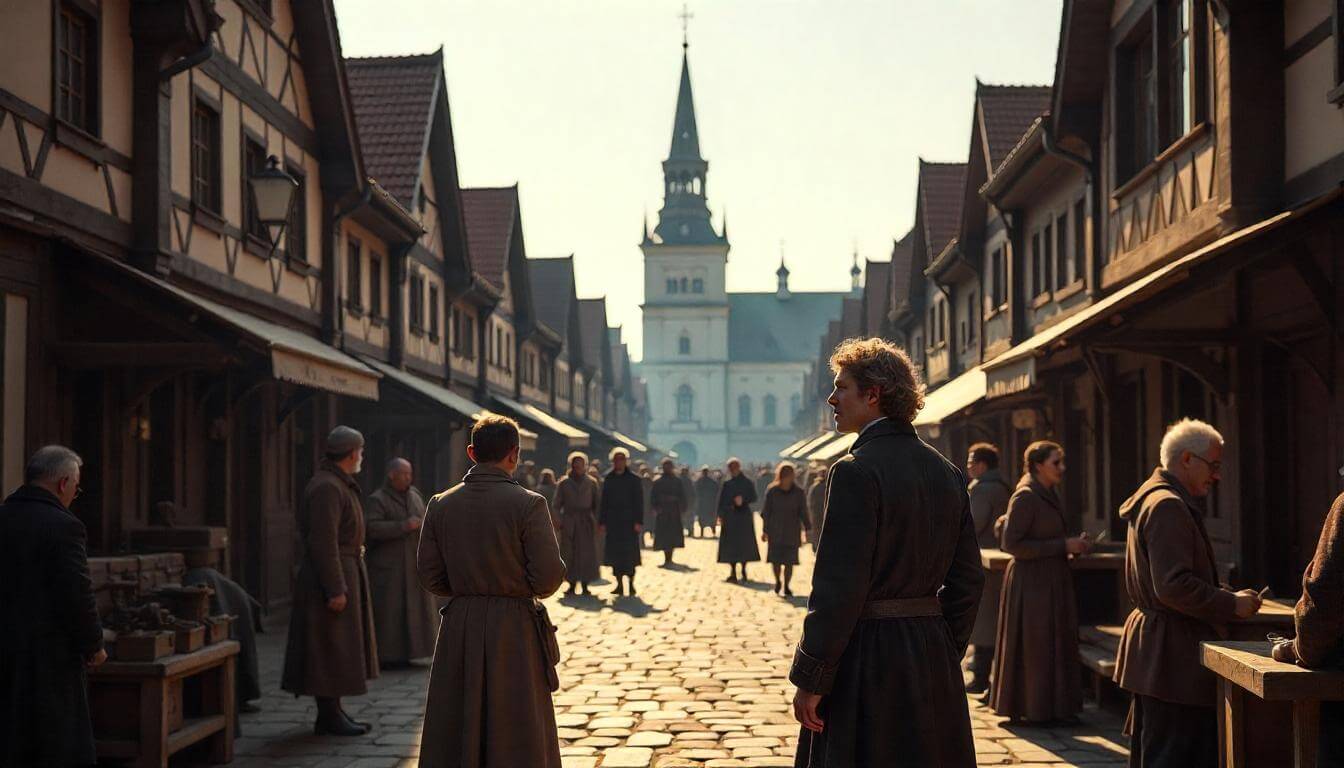 Moscow’s German Quarter: European Influence in Russian History">
Moscow’s German Quarter: European Influence in Russian History">

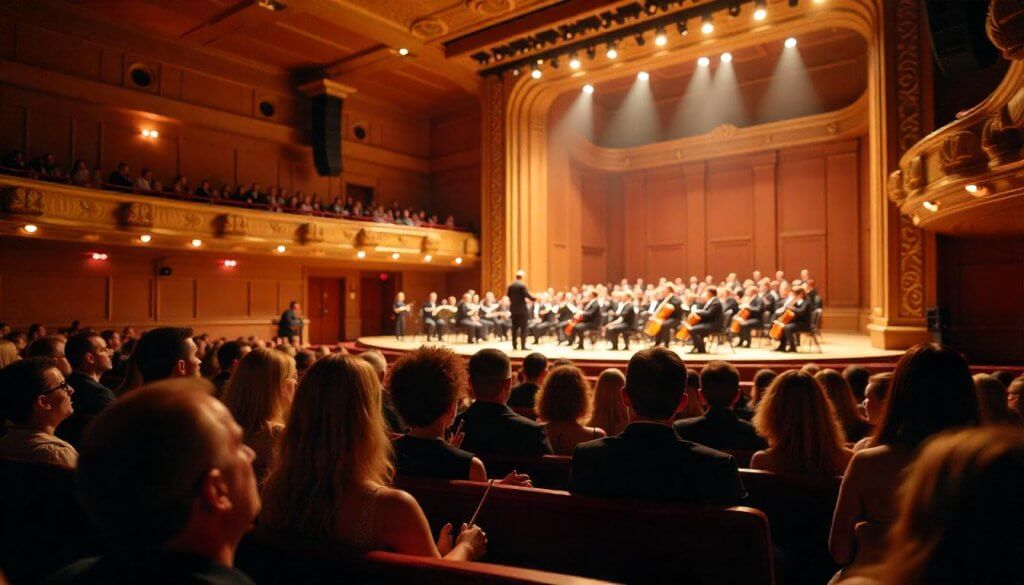 Moscow’s Music Scene: Concert Halls, Recording Studios, and Sound Tours">
Moscow’s Music Scene: Concert Halls, Recording Studios, and Sound Tours">
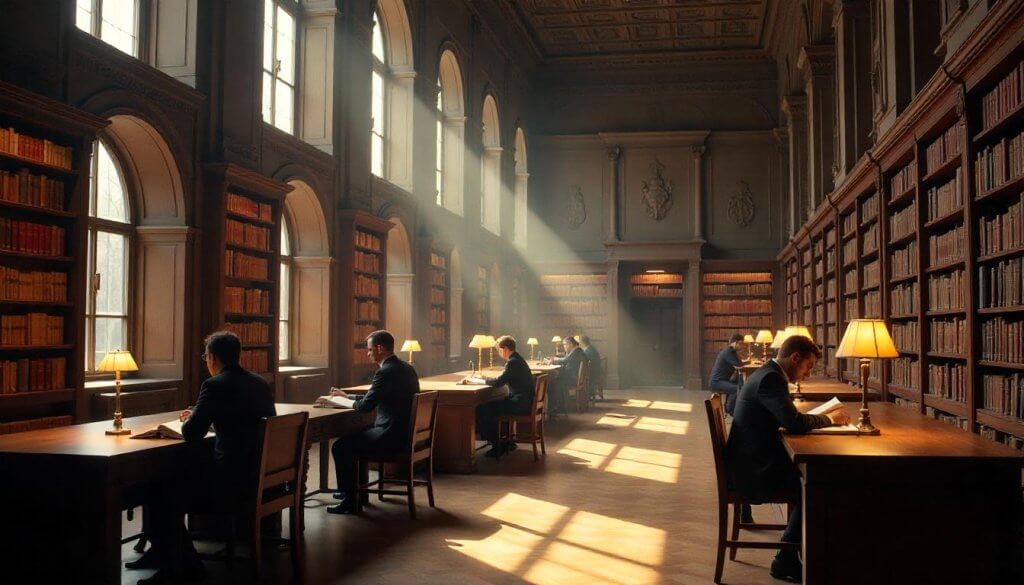 Moscow for Book Lovers: Libraries, Literary Sites, and Reading Spots">
Moscow for Book Lovers: Libraries, Literary Sites, and Reading Spots">
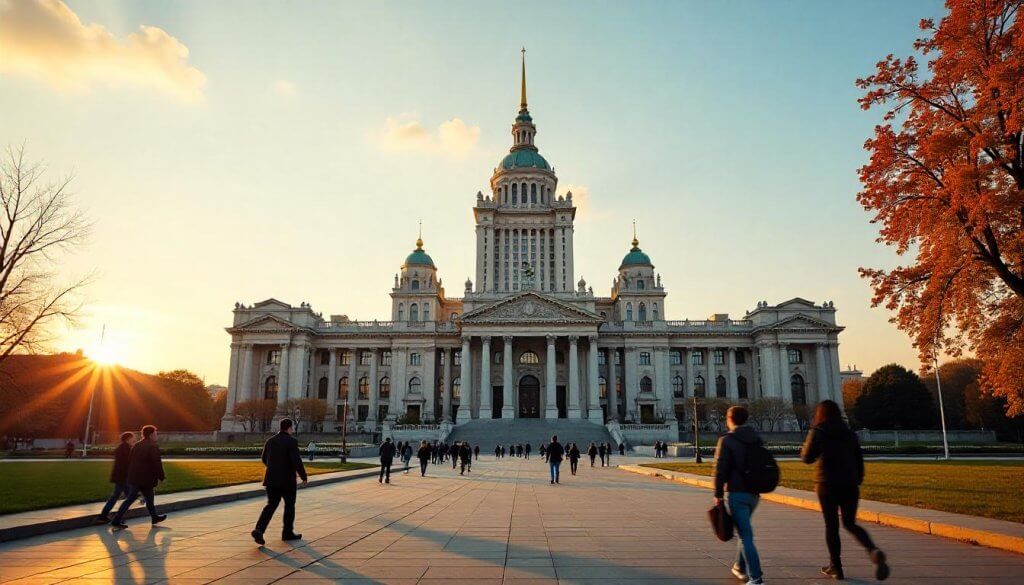 Soviet-Era Moscow: Communist Architecture and Historical Context">
Soviet-Era Moscow: Communist Architecture and Historical Context">
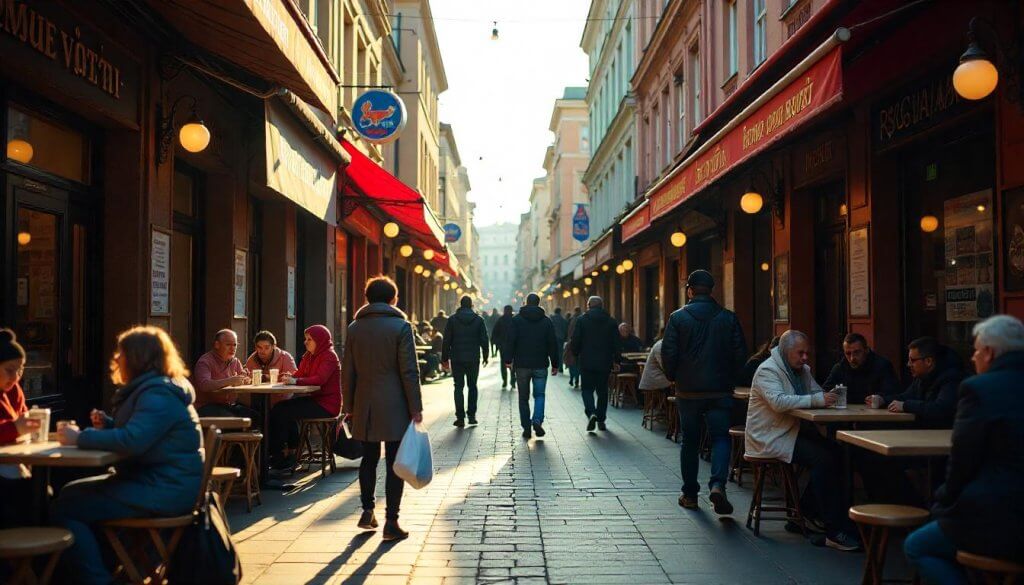 Moscow’s Immigrant Communities: Multicultural Neighborhoods and Cuisine">
Moscow’s Immigrant Communities: Multicultural Neighborhoods and Cuisine">
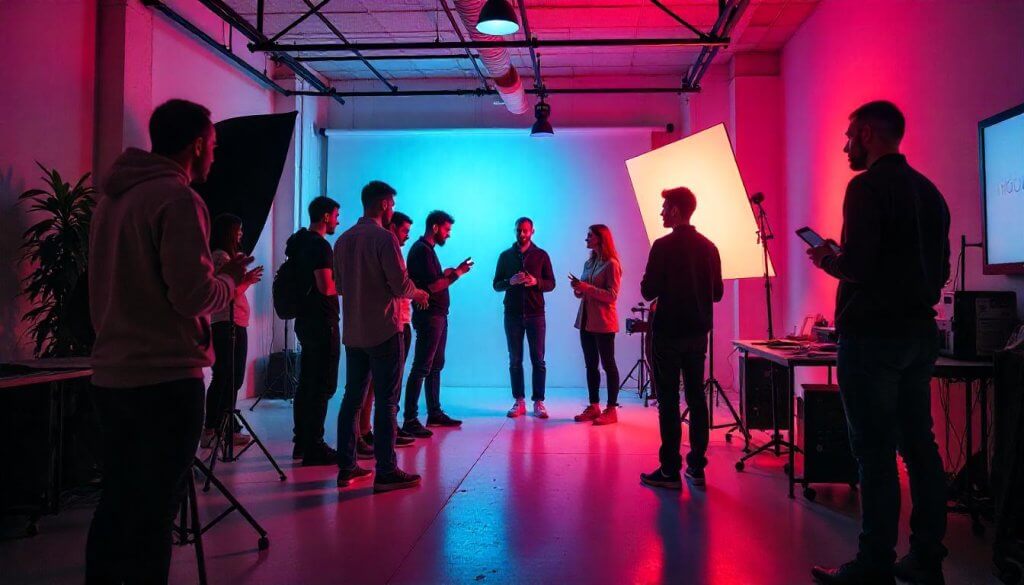 Moscow for Photographers: Professional Workshops and Portfolio Building">
Moscow for Photographers: Professional Workshops and Portfolio Building">
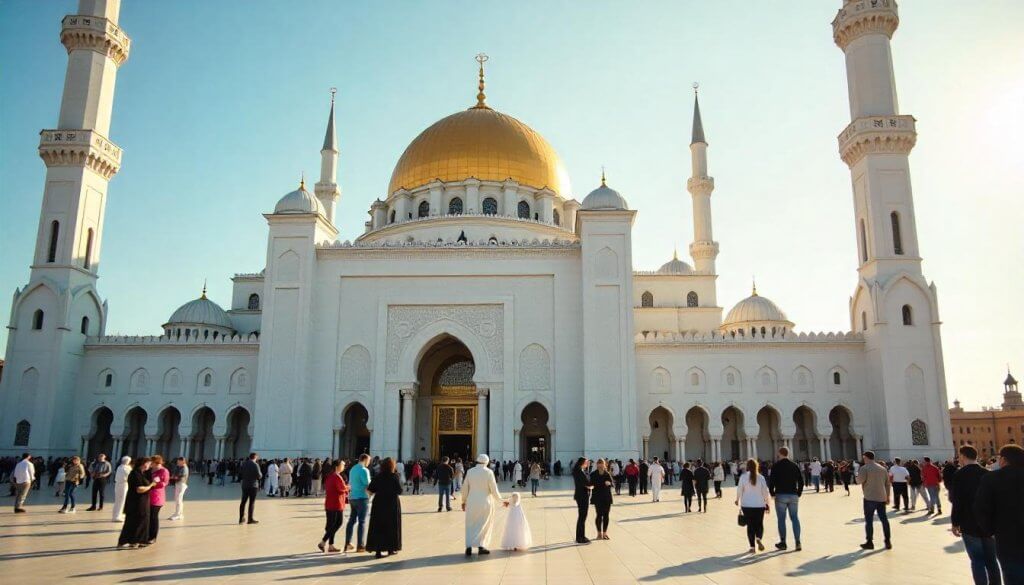 Moscow’s Tatar Legacy: Islamic Culture in the Orthodox Capital">
Moscow’s Tatar Legacy: Islamic Culture in the Orthodox Capital">
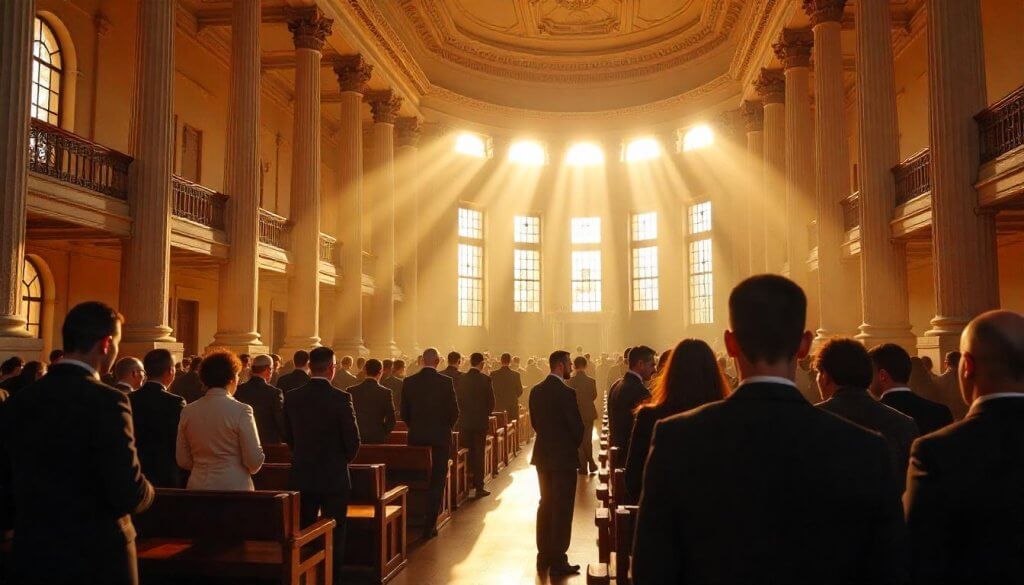 Moscow’s Jewish Heritage: Synagogues, Museums, and Cultural Centers">
Moscow’s Jewish Heritage: Synagogues, Museums, and Cultural Centers">
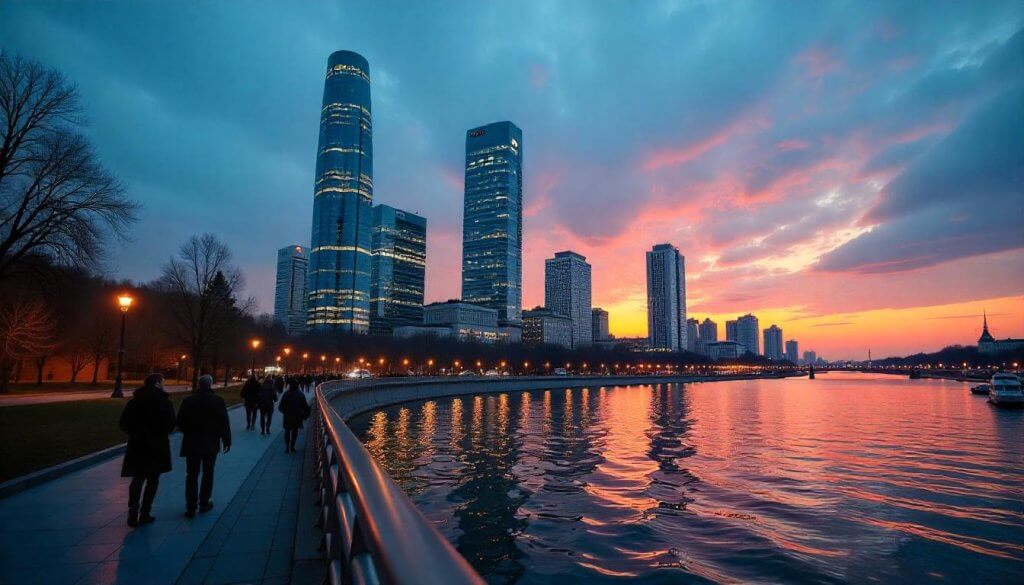 Post-Soviet Moscow: Understanding Modern Russian Society">
Post-Soviet Moscow: Understanding Modern Russian Society">
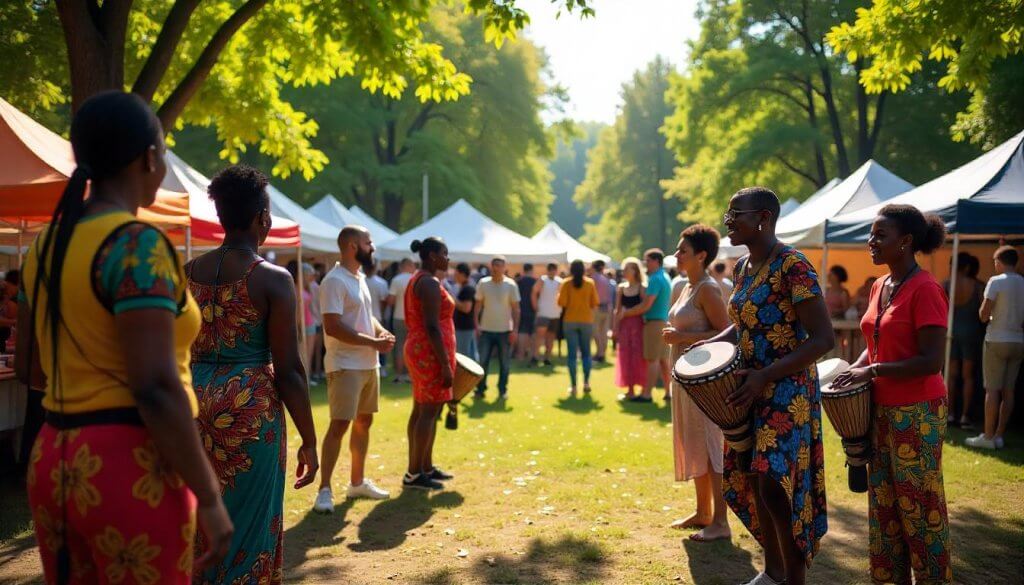 Moscow’s African Diaspora: Cultural Centers and International Communities">
Moscow’s African Diaspora: Cultural Centers and International Communities">
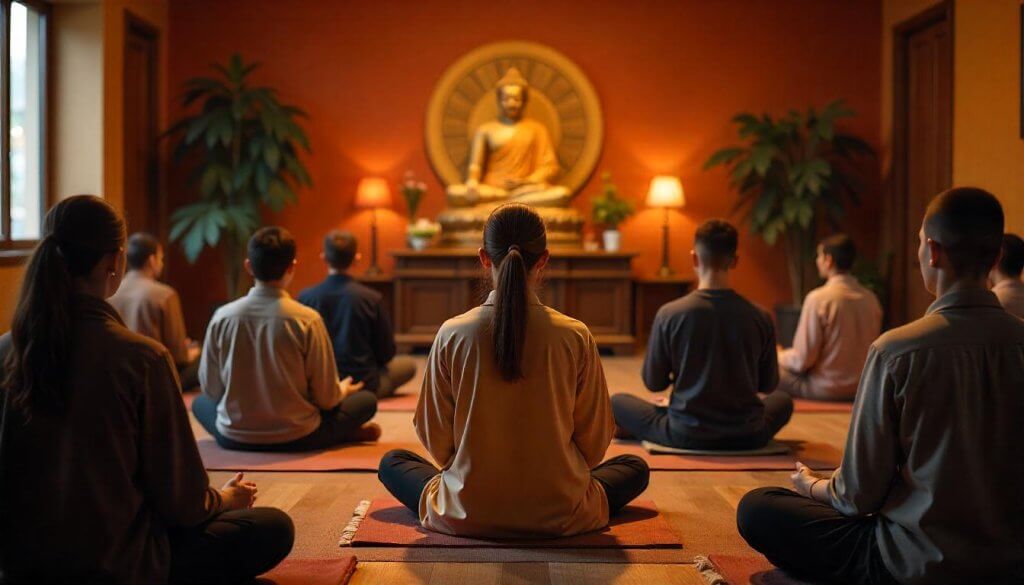 The Historical Roots of Moscow’s Asian Presence">
The Historical Roots of Moscow’s Asian Presence">